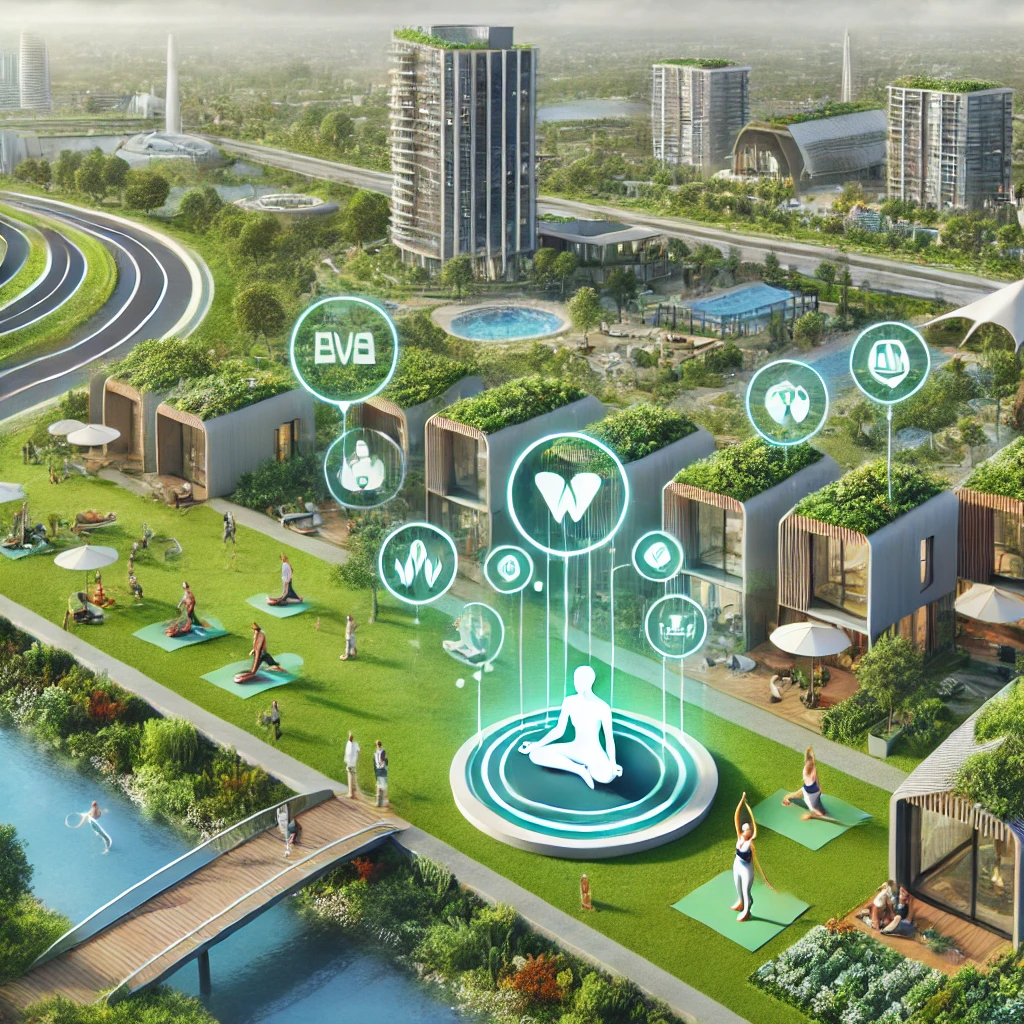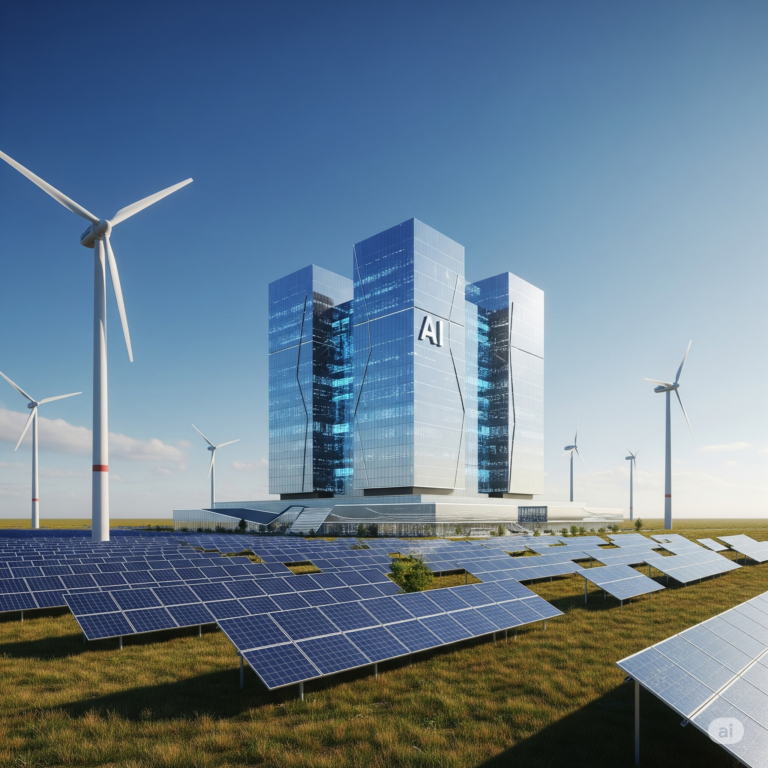Introduction
Wellness tourism has evolved beyond short-term retreats and spa vacations into a comprehensive lifestyle choice. The rise of wellness real estate is integrating biometric-driven systems, AI personalization, and bio-personalized nutrition to create health-centric living environments. This transition reflects a growing demand for homes and communities designed to enhance well-being, longevity, and overall quality of life.
As wellness real estate gains popularity, more people are choosing to incorporate wellness into their everyday lives rather than limiting it to vacations. This article explores the technological advancements, benefits, and future of wellness-focused living.
The Evolution of Wellness Tourism
1. From Spa Retreats to Lifestyle Communities
- Traditional wellness tourism revolved around luxury spa retreats, yoga resorts, and detox programs.
- The concept has expanded to long-term wellness-focused living spaces.
- People seek continuous well-being rather than temporary rejuvenation.
2. The Rise of Wellness Real Estate
- Wellness real estate integrates health-conscious design, air purification, and stress-reducing architecture.
- Communities now offer smart wellness homes, fitness-focused neighborhoods, and holistic health services.
- The sector is expected to grow rapidly, with global wellness real estate valued at $275 billion in 2024.
Key Innovations Driving Wellness Living
1. Biometric-Driven Living Spaces
- Smart homes with biometric assessments track residents’ heart rate, sleep patterns, and stress levels.
- AI-driven technology adjusts lighting, temperature, and air quality based on individual health data.
- Wearable devices sync with home systems to provide personalized health recommendations.
2. AI-Personalized Health and Concierge Services
- AI-driven health assistants offer customized fitness and diet plans.
- Residents have access to on-demand wellness concierge services for medical consultations, fitness coaching, and stress management.
- AI-powered emotional well-being trackers detect stress levels and suggest relaxation techniques.
3. Bio-Personalized Nutrition
- DNA-based nutrition plans tailor diet recommendations to genetic predispositions.
- Smart kitchens use AI to recommend meals based on nutritional needs.
- Biometric monitoring helps track gut health, metabolism, and hydration levels.
Benefits of Wellness-Centric Living
1. Improved Physical and Mental Health
- Reduced exposure to air pollutants and toxins in wellness communities.
- Smart environments promote better sleep, reduced stress, and optimized physical activity.
- Biometric feedback allows for early detection of potential health issues.
2. Enhanced Productivity and Cognitive Function
- Optimized workspaces with natural lighting and ergonomic furniture enhance focus.
- AI-driven cognitive training programs boost brain function and memory retention.
- Personalized work-life balance recommendations improve mental clarity and energy levels.
3. Community and Social Well-Being
- Wellness communities foster stronger social connections and group activities.
- Shared spaces encourage mindful living, meditation, and sustainable practices.
- Residents benefit from group fitness sessions, eco-friendly farming, and nature-driven therapy.
The Future of Wellness Real Estate
1. Smart Cities Designed for Well-Being
- Future urban planning will integrate green spaces, wellness hubs, and biometric monitoring stations.
- AI-driven city management will ensure pollution control, traffic decongestion, and mental health tracking.
2. Sustainable and Eco-Friendly Developments
- Zero-energy wellness homes with solar panels, air filtration, and non-toxic materials.
- Self-sustaining neighborhoods focused on water conservation and carbon-neutral living.
3. The Expansion of Wellness Residencies
- Luxury resorts will evolve into permanent wellness-focused residential communities.
- Major hotel chains investing in wellness real estate to offer long-term wellness stays.
- Health insurance providers may collaborate with wellness communities to incentivize preventive healthcare.
Challenges and Considerations
1. Accessibility and Affordability
- Wellness living remains costly, limiting access to higher-income groups.
- Governments and developers need to make wellness housing more accessible.
2. Ethical and Privacy Concerns
- Collection of biometric data raises privacy and security issues.
- Regulations are needed to ensure ethical AI-driven health monitoring.
3. Adoption and Behavioral Changes
- Transitioning from traditional living to wellness communities requires mindset shifts.
- Public education on long-term health benefits of wellness living is crucial.
Conclusion
The integration of wellness tourism into everyday living represents a paradigm shift in how people approach health. With advancements in biometric-driven systems, AI personalization, and sustainable real estate, wellness is no longer a temporary retreat but a lifelong commitment.
As the industry continues to grow, the future of real estate will be centered around well-being, sustainability, and personalized health solutions. Investing in wellness real estate is not just a lifestyle choice but a proactive approach to long-term health and happiness.









+ There are no comments
Add yours